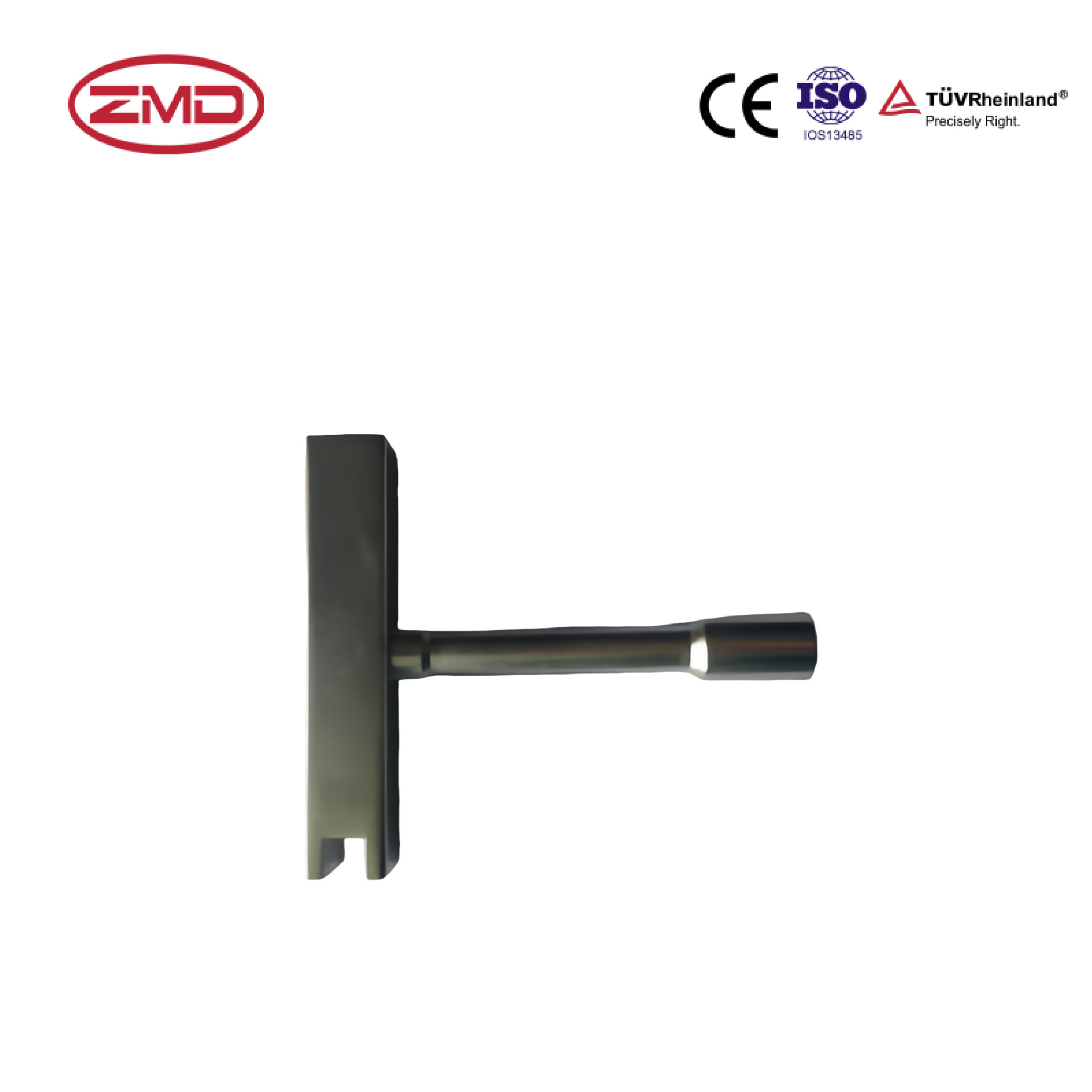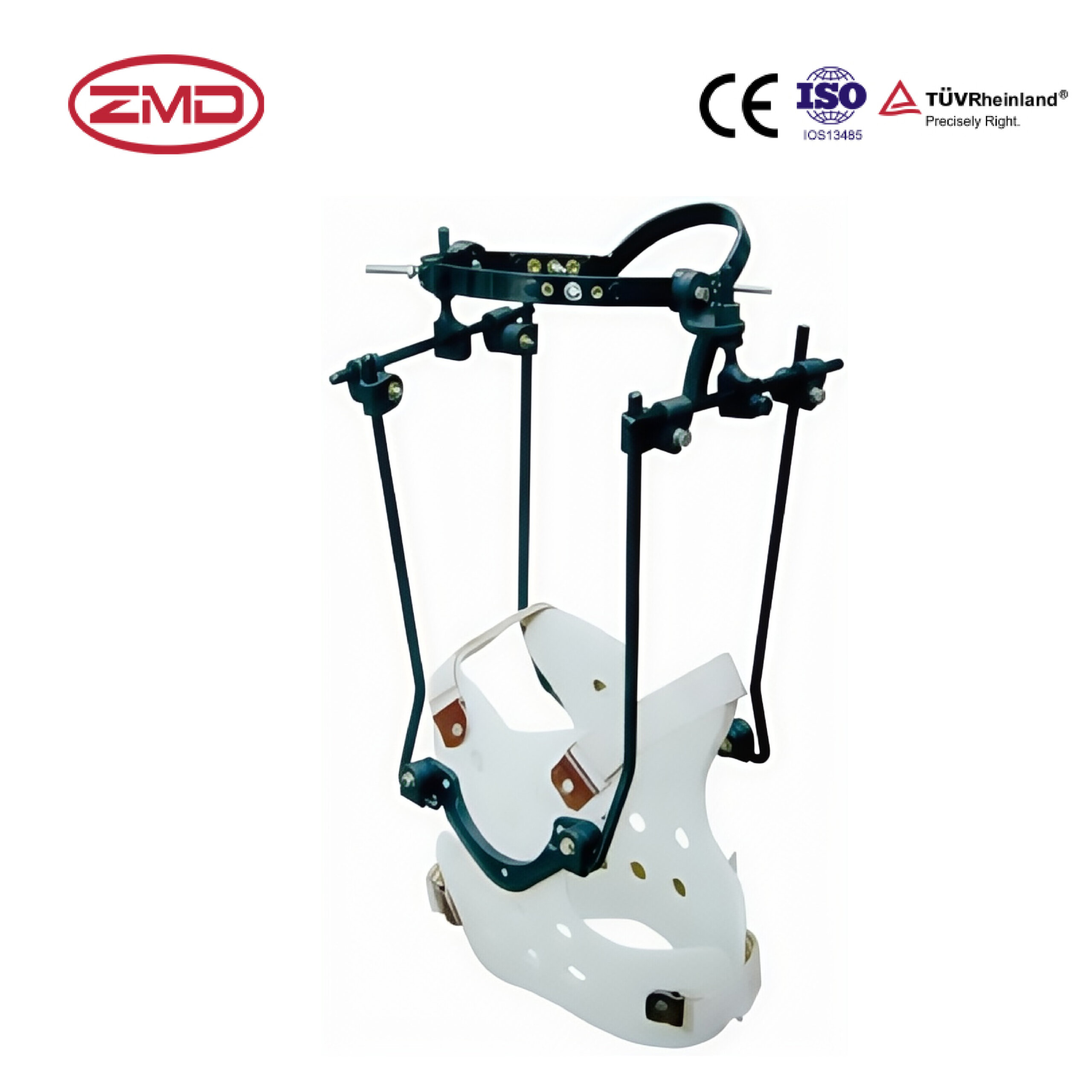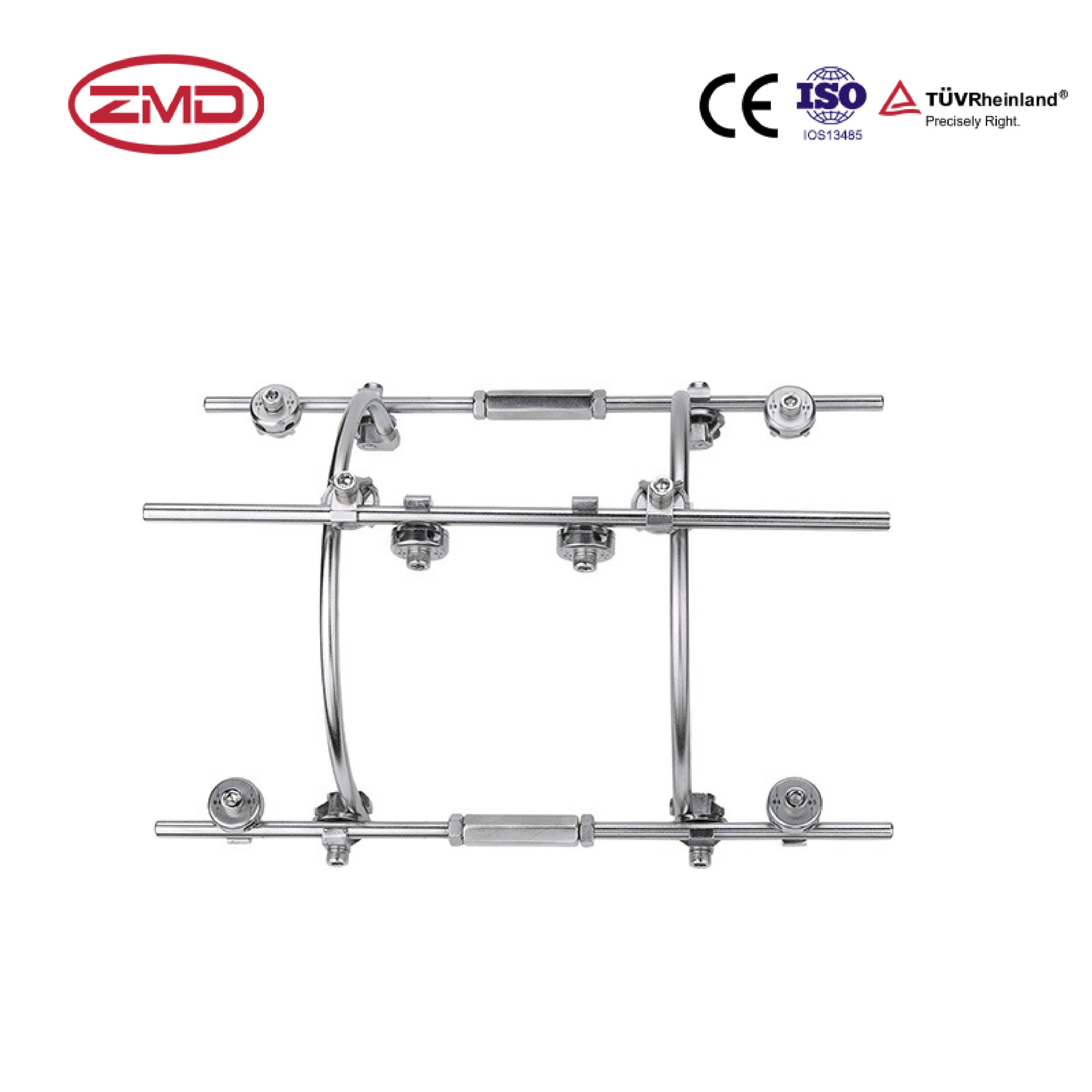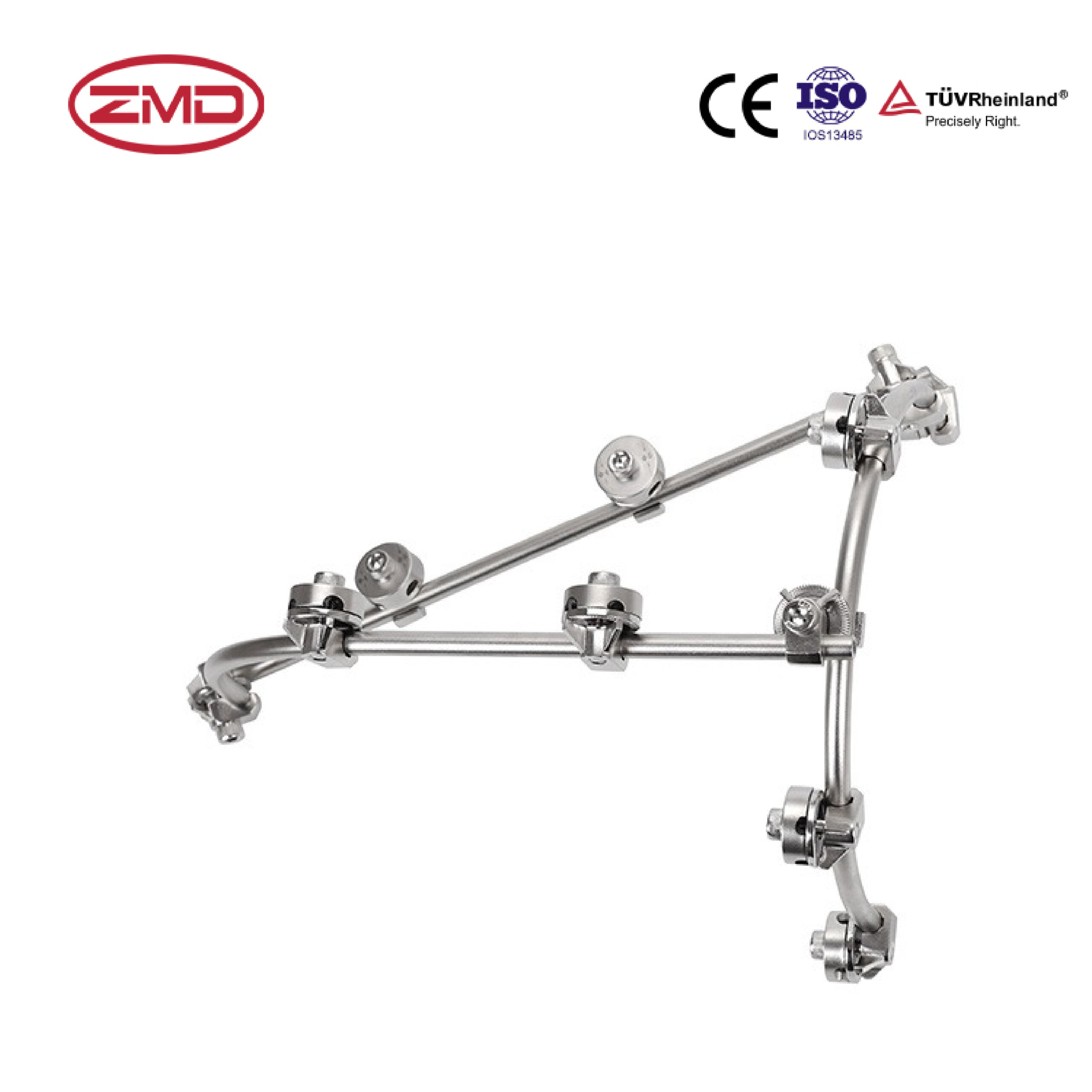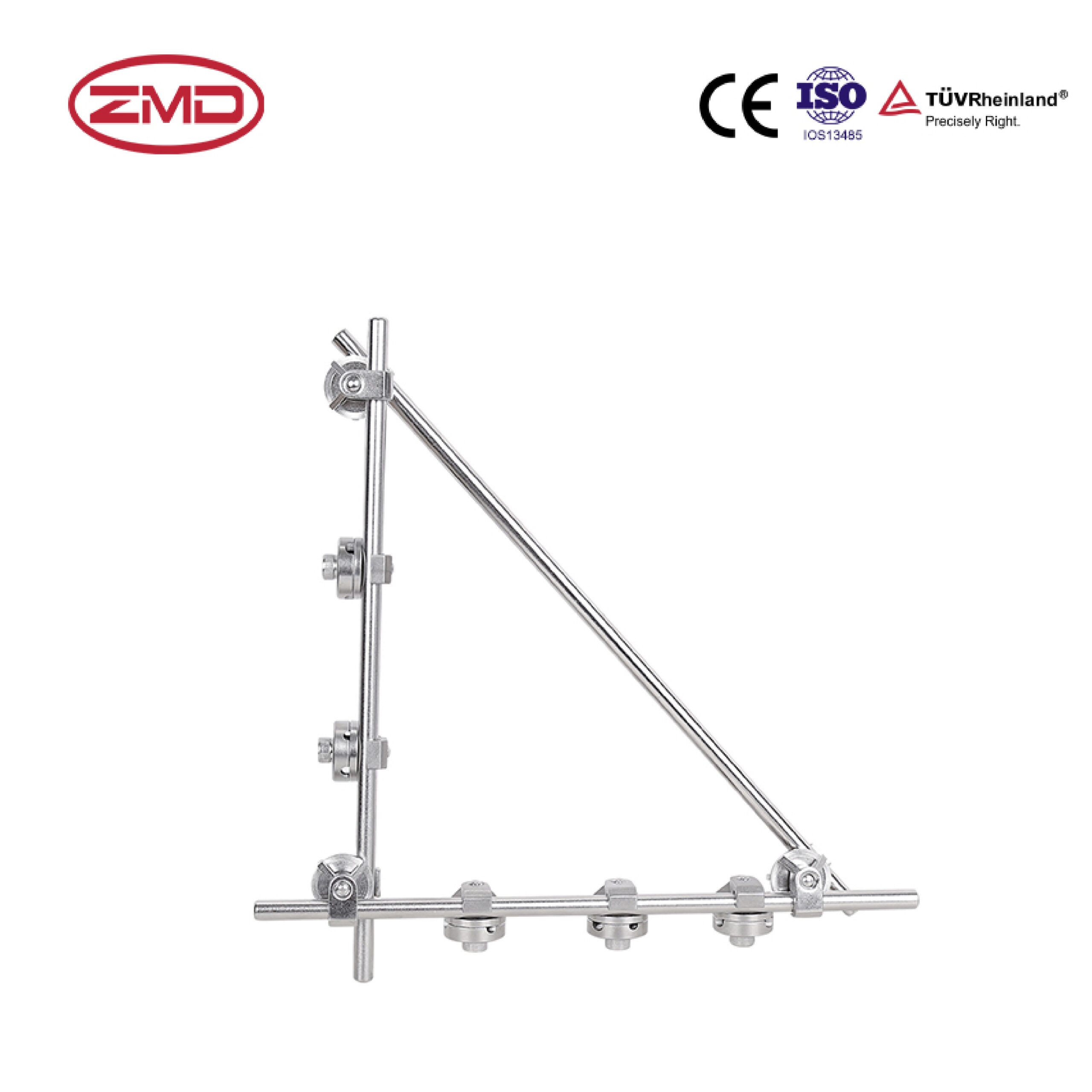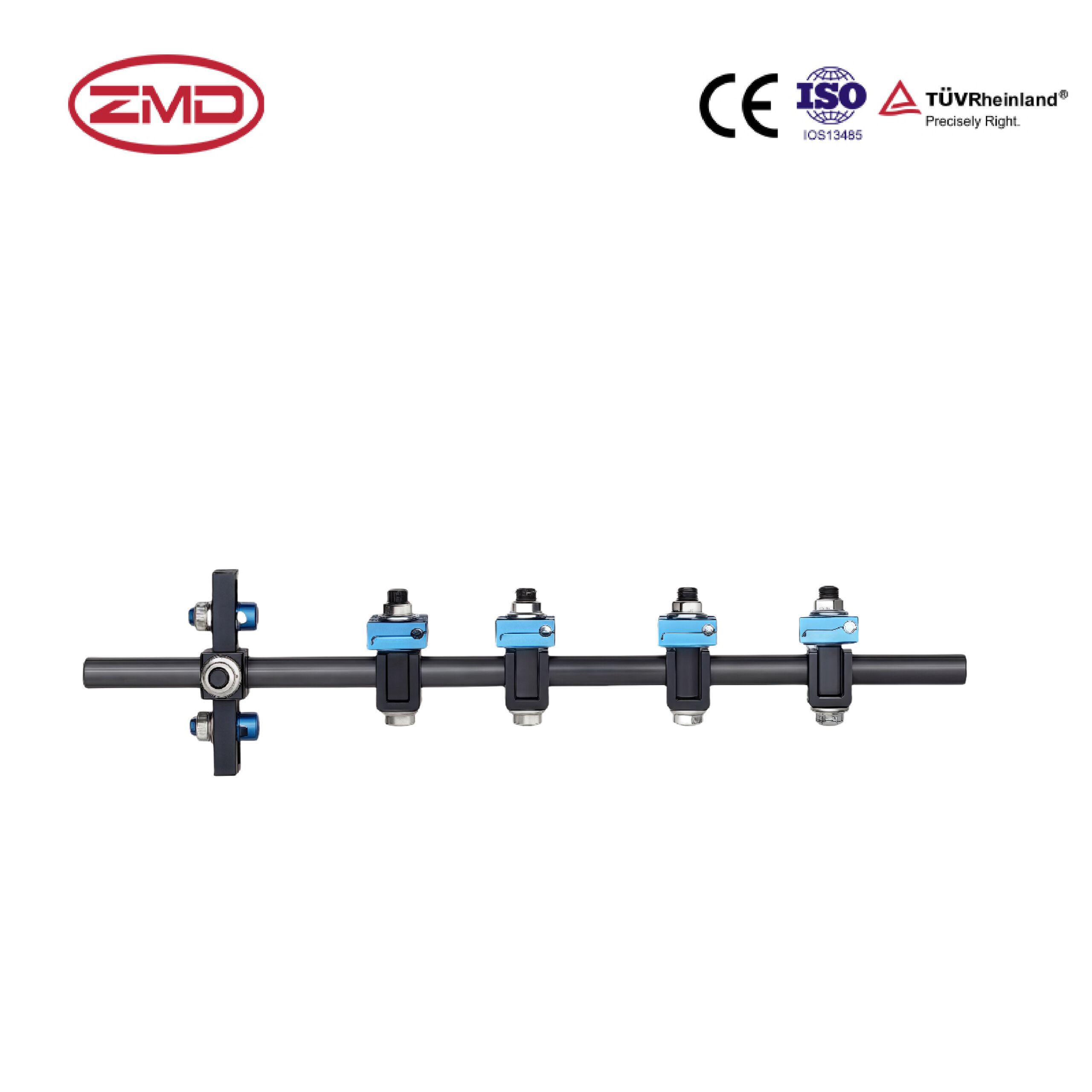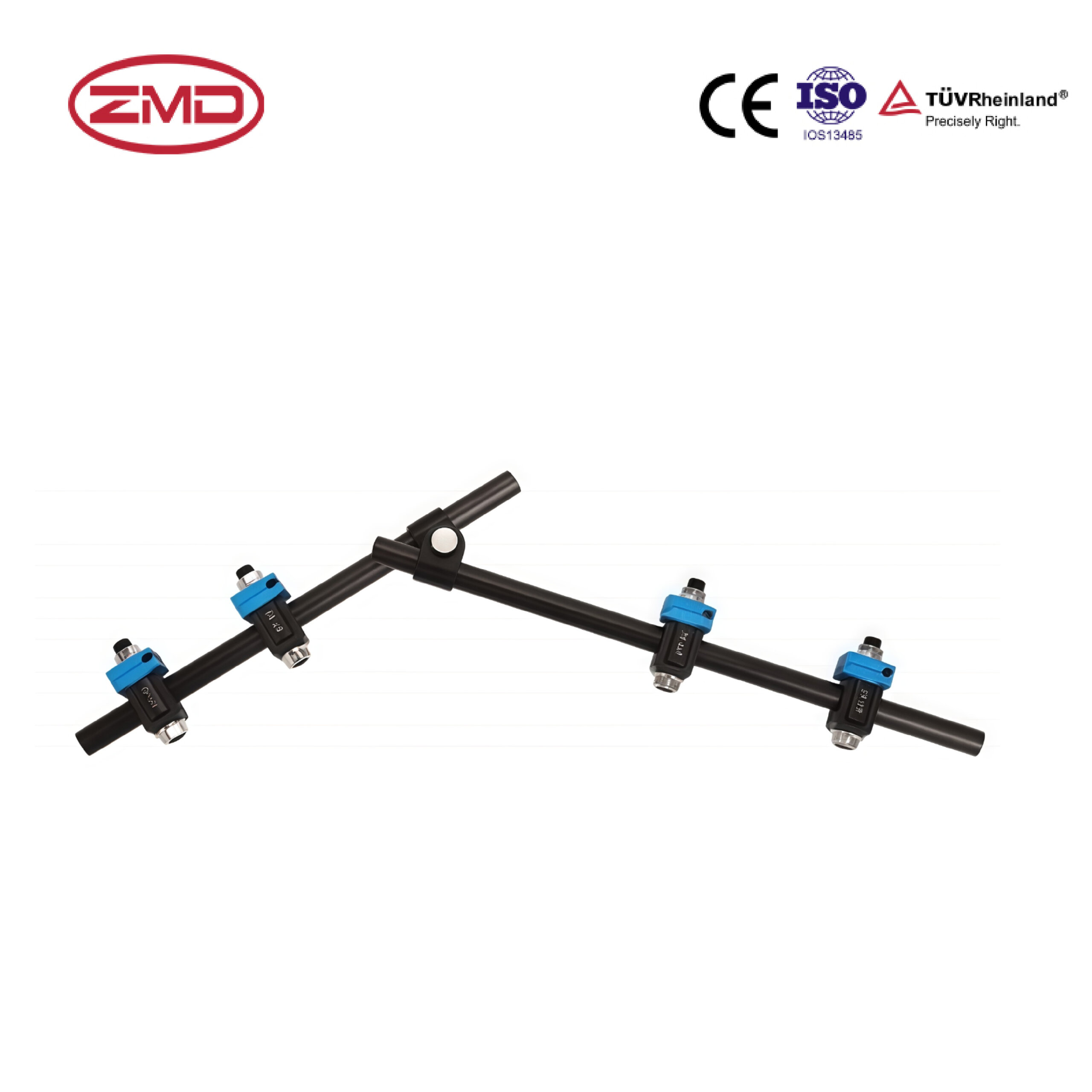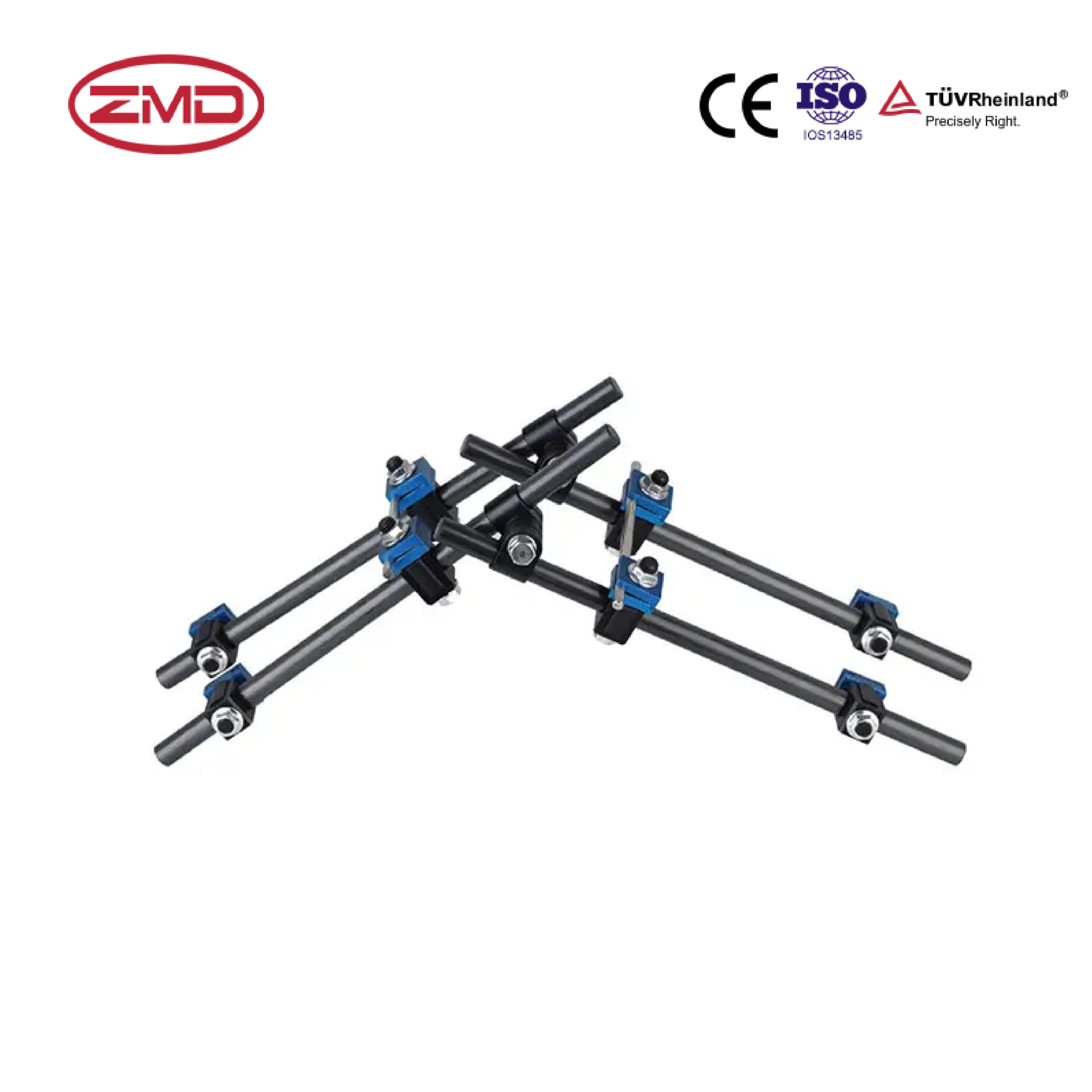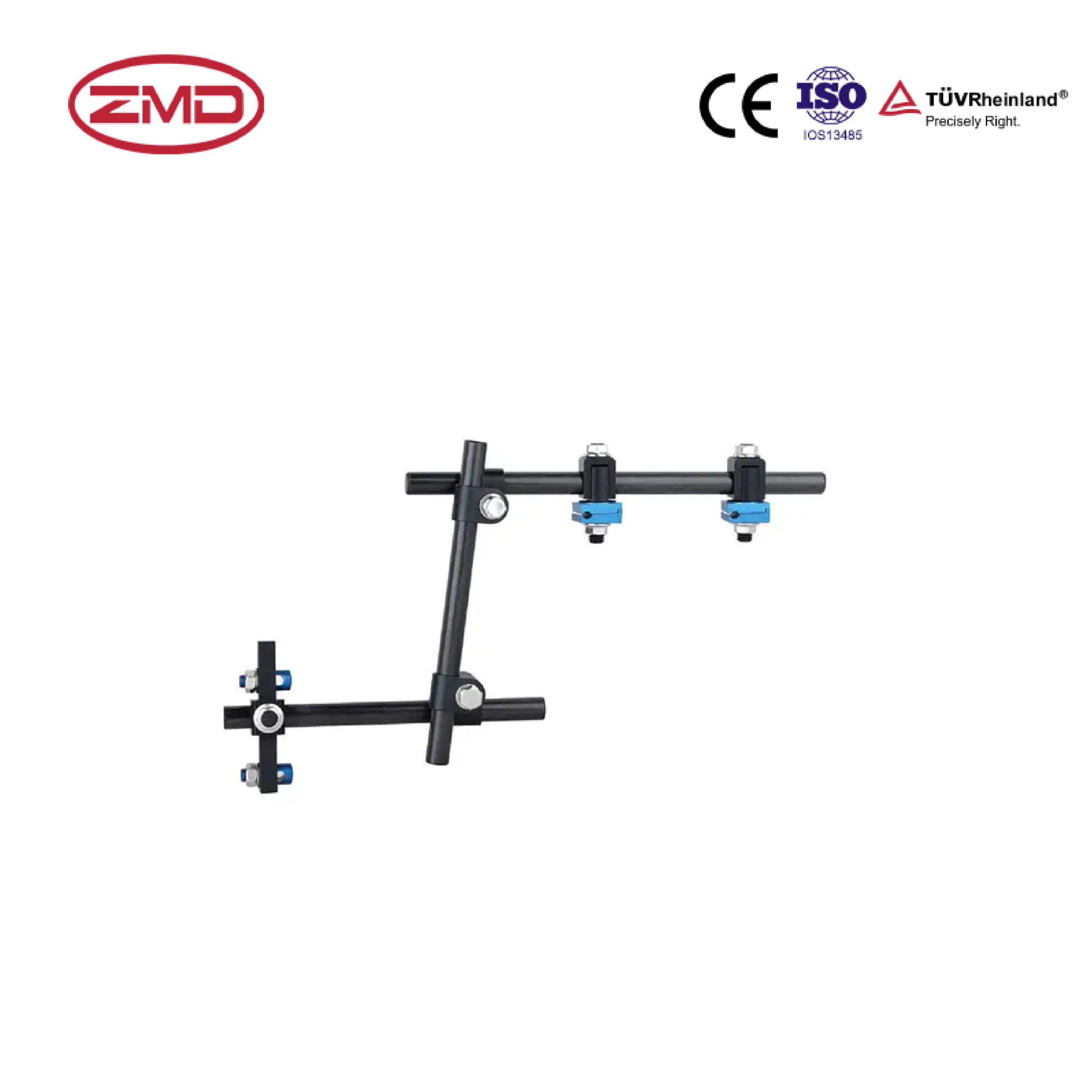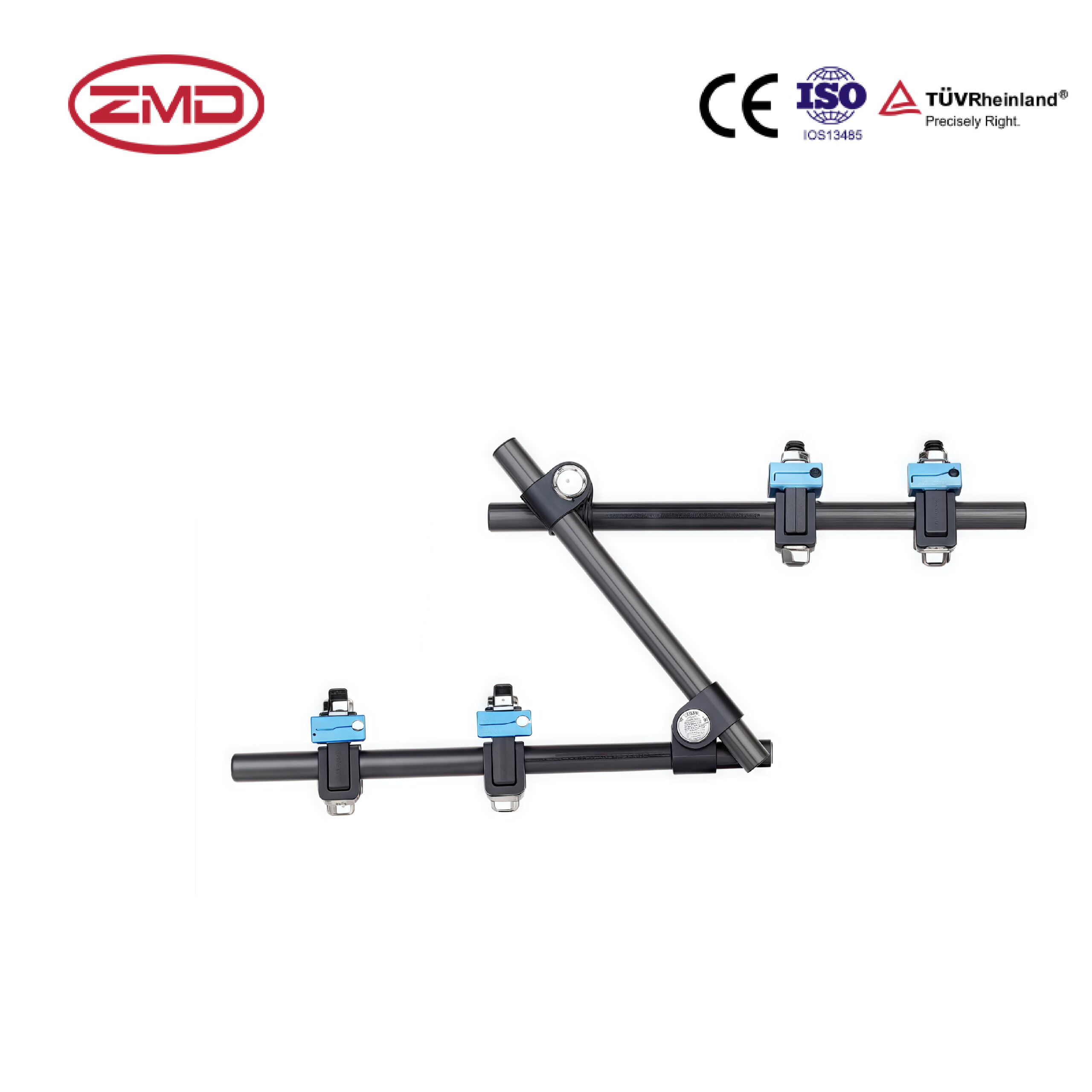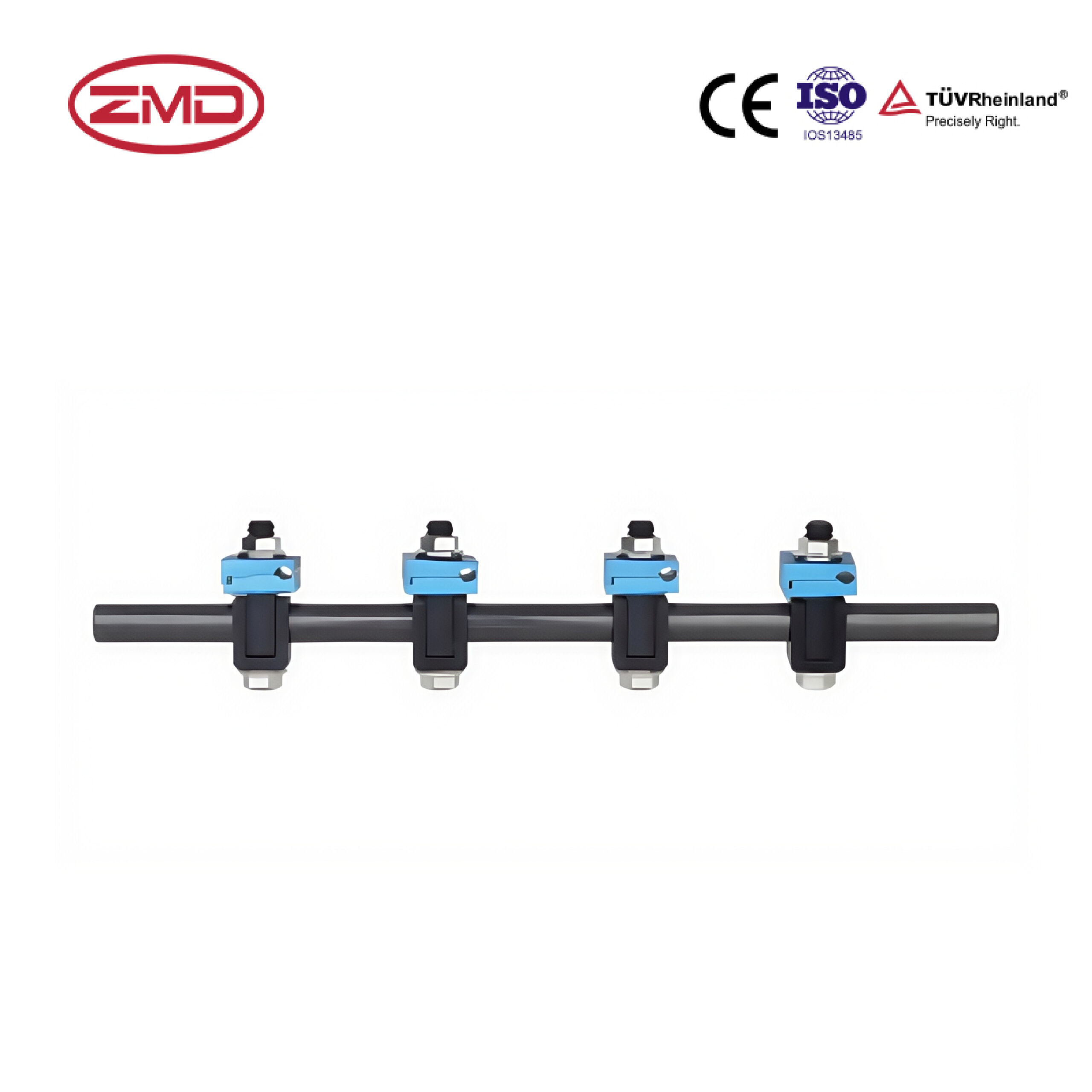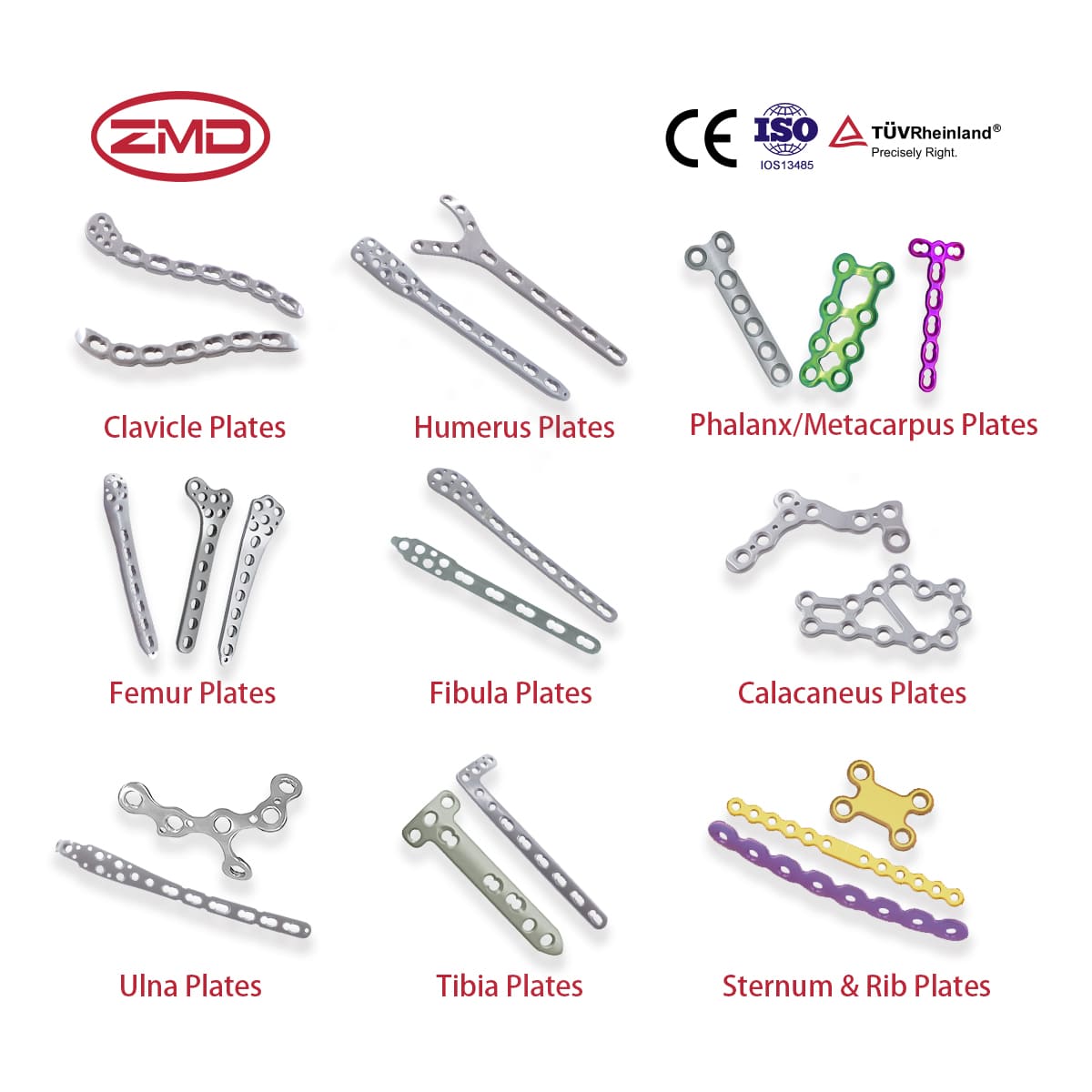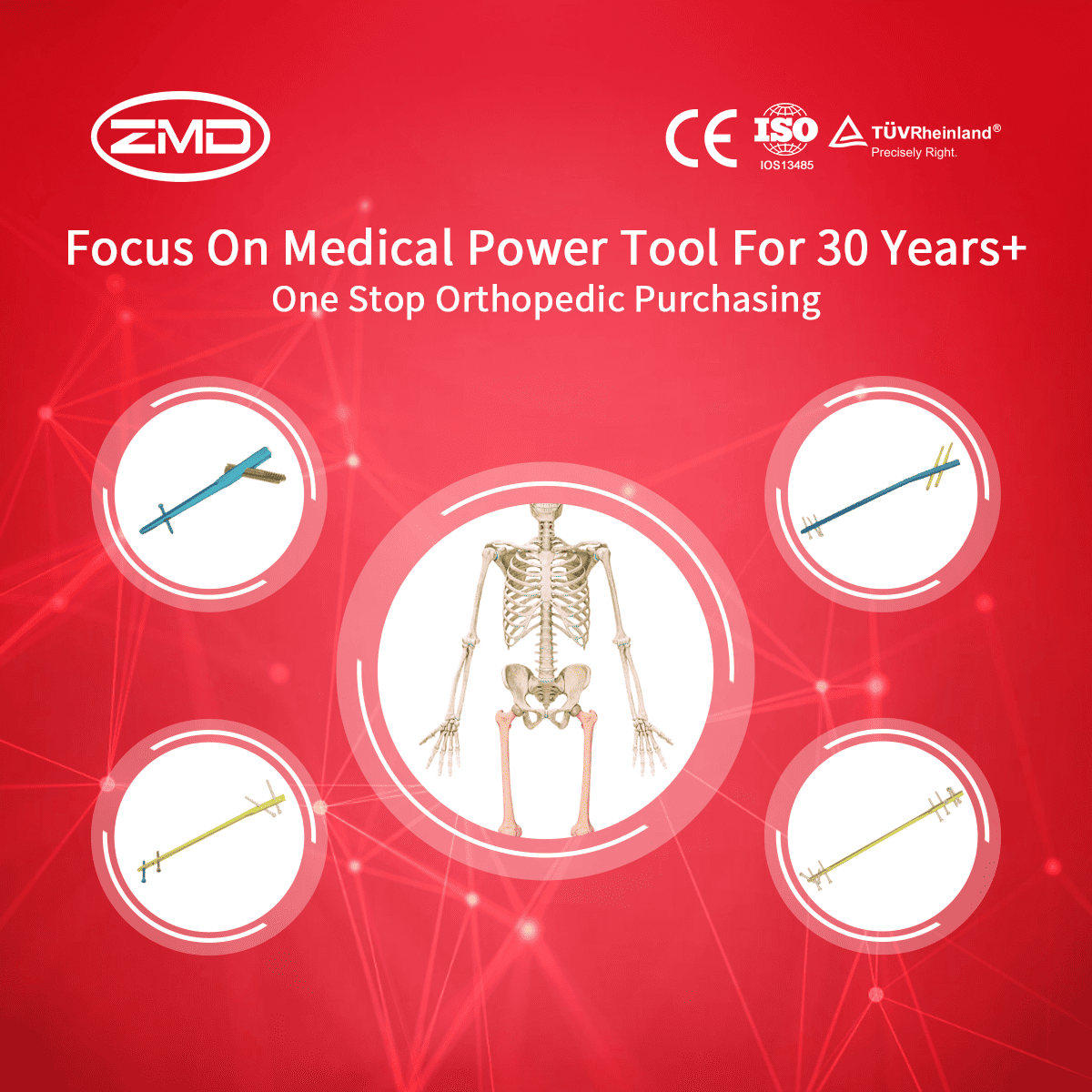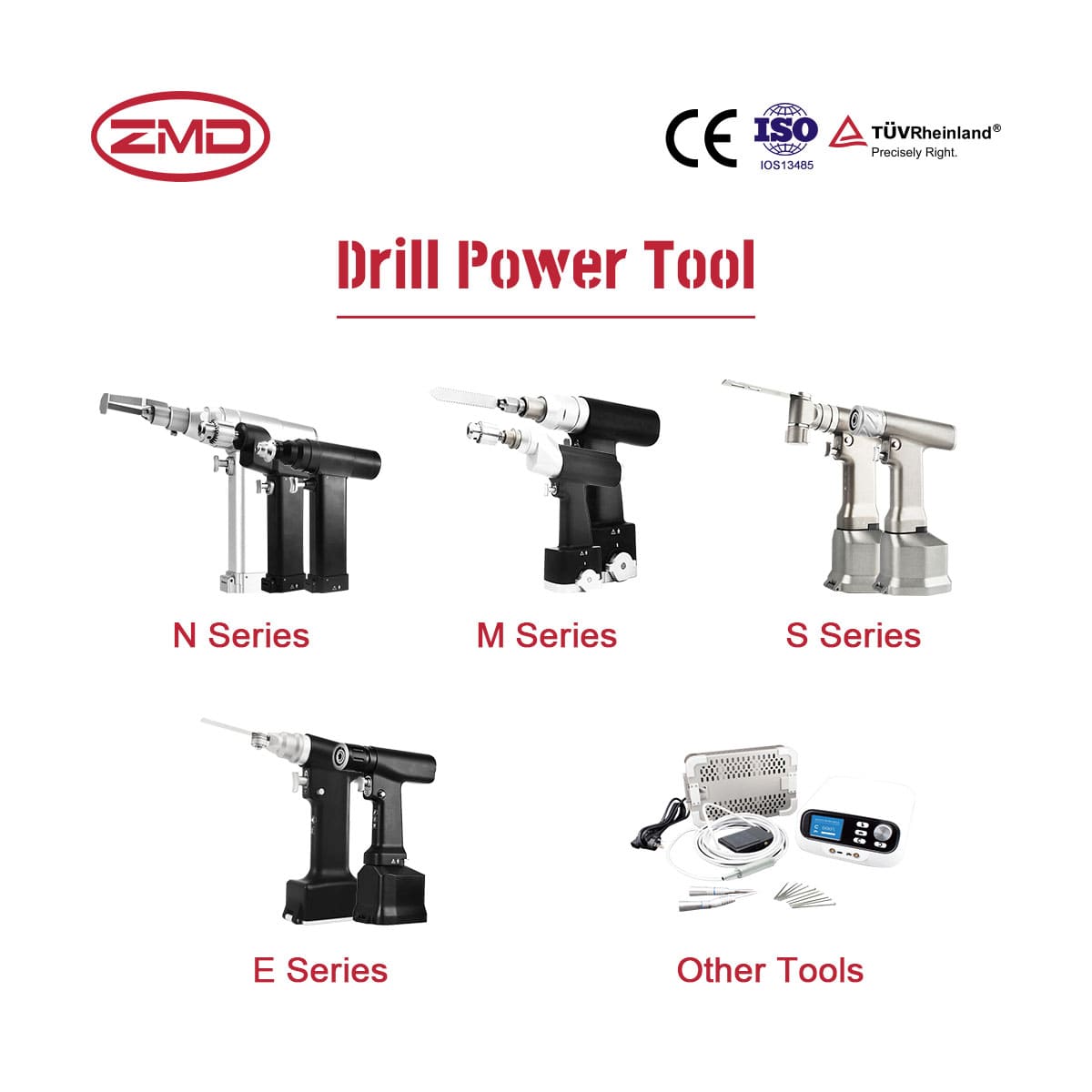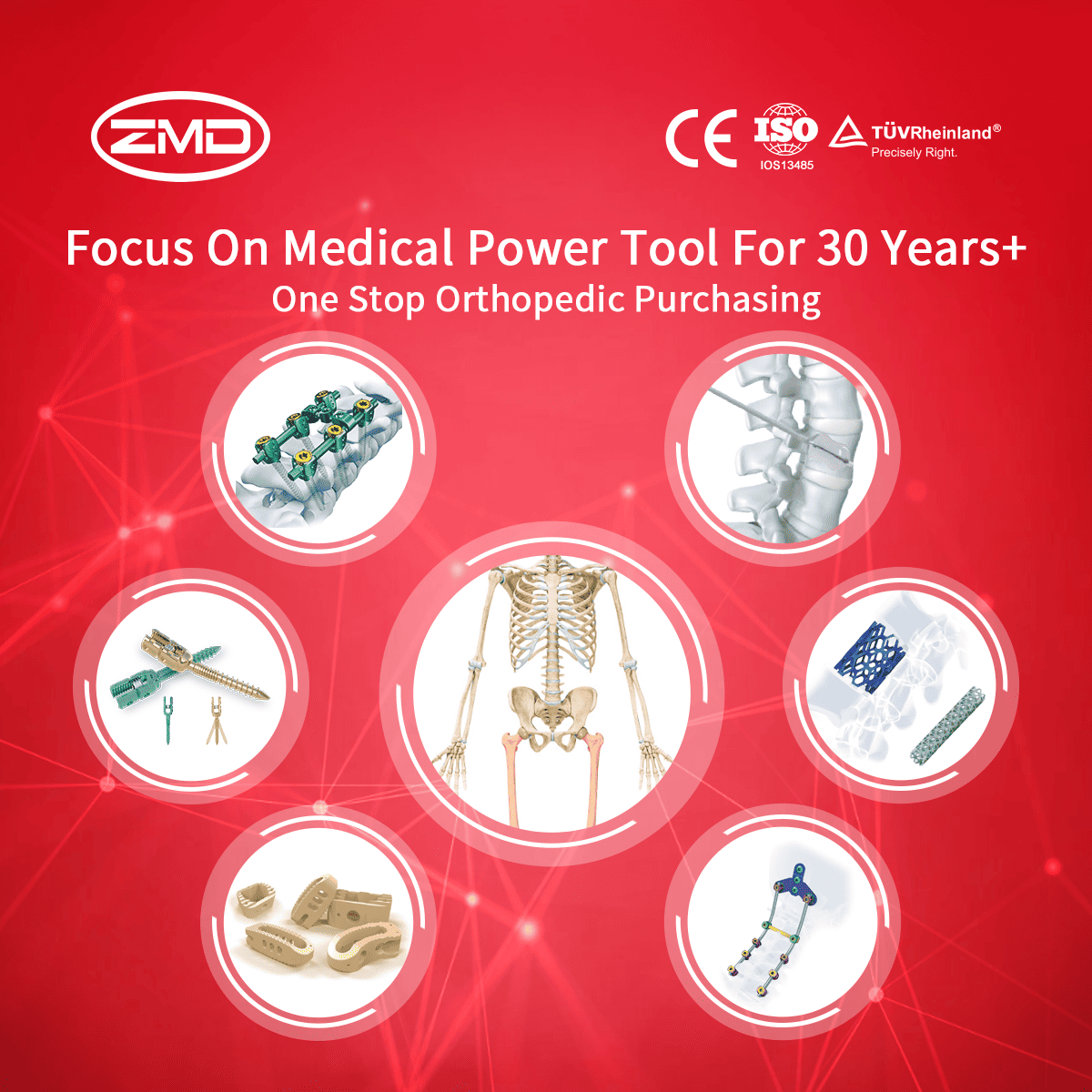External Fixation
ZMD
Orthopedic Products
Haven't been able to locate the product you're searching for yet?
If you're interested in more orthopaedic implant products, feel free to get in touch with our ZMD consultants.
How They Work?
External fixators work by immobilizing the bone fragments. When a bone is fractured or there is a need to correct a bone deformity, the fixator’s pins, wires, or screws are inserted into the bone segments on either side of the affected area. The external bars or frames then maintain a constant distance and alignment between these segments. This immobilization is crucial for proper bone healing. By keeping the bone fragments in the correct position, it allows the body’s natural healing mechanisms to work effectively. For example, in a simple long – bone fracture, the external fixator prevents the broken ends of the bone from moving, which helps in the formation of a callus (a new bone tissue) around the fracture site.
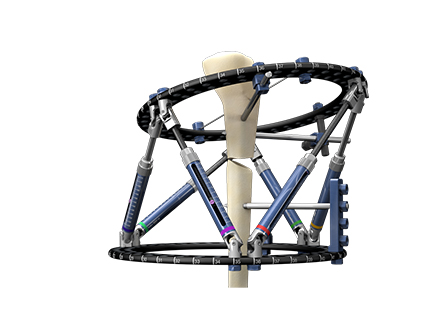
Types of External Fixators:
- Unilateral External Fixators: These have a single bar or a set of parallel bars on one side of the limb. They are relatively simple in design and are often used for fractures that require less complex alignment and stabilization. For example, they can be used to treat fractures of the forearm or lower leg where the bone fragments are not severely displaced.
- Bilateral External Fixators: As the name suggests, they have two bars or sets of bars on either side of the limb. This provides more stability and is useful in cases where more control over the bone fragments is needed. For example, in cases of comminuted fractures (fractures with multiple bone fragments), bilateral fixators can offer better support and alignment.
- Circular External Fixators: These are more complex and involve a circular or ring – like structure around the limb. The Ilizarov fixator is a well – known example. They are used for procedures such as limb – lengthening, bone – transport, and correction of severe bone deformities. The circular design allows for precise adjustments in multiple directions, enabling gradual correction of complex bone problems.
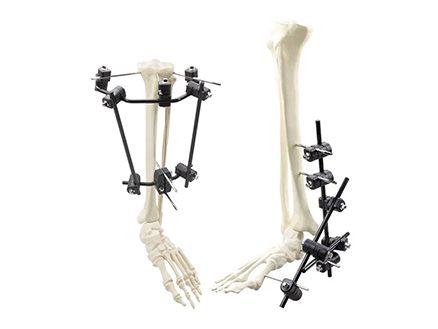
When Are External Fixators Needed?
External fixators truly are indispensable in the orthopedic surgeon’s toolkit, offering several key advantages that make them a preferred choice in numerous clinical scenarios where internal fixation methods might fall short
Common Indications for External Fixator Use:
Complex Fractures
- Multiple Fragments and Comminution: When a bone is fractured into multiple pieces (comminuted fractures), it becomes extremely challenging to align and hold all the fragments in place using traditional methods. External fixators are ideal in such cases because their pins, wires, or screws can be inserted into each individual fragment. For example, in a comminuted fracture of the femur, which is a major weight-bearing long bone, the fixator’s components can be strategically placed to capture all the broken parts. The external bars or frames then maintain the alignment of these fragments, preventing them from moving out of position. This allows the body’s natural healing process to take over, with new bone gradually forming around the fragments to knit them back together.
- Open Fractures: In open fractures where the bone has pierced through the skin, external fixators offer significant advantages. Firstly, they can provide immediate stabilization to the bone while allowing for proper wound care. The external nature of the fixator means that healthcare providers can easily access the wound site for cleaning, dressing changes, and monitoring for signs of infection. For instance, in an open fracture of the tibia, the fixator can hold the bone in place while the open wound is managed with antibiotics and regular dressing changes to prevent infection and promote healing of both the bone and the soft tissue.
Severe Soft Tissue Damage
Segmental Bone Loss
Joint Reconstruction
- Arthroplasty: During joint replacement surgeries like arthroplasty for conditions such as severe arthritis or joint damage, maintaining proper joint alignment and stability is vital for a successful outcome. External fixators can assist in this regard. For example, in a hip arthroplasty, where the femoral head and acetabulum are replaced with prosthetic components, the external fixator can help keep these new parts in the correct position during the initial healing phase. By providing external support, it reduces the risk of the prosthesis shifting or becoming misaligned, which could lead to problems like early wear and tear, pain, or limited joint function.
- Osteotomy: In bone cutting procedures (osteotomy) that are done to correct deformities or realign joints, external fixators are essential for temporary stabilization. Suppose a patient has a valgus deformity of the knee and an osteotomy is performed on the tibia to correct the abnormal alignment. The external fixator is then applied to hold the bone in its newly adjusted position. This allows the bone to heal in the correct alignment, which is crucial for improving the joint’s biomechanics and ensuring long-term joint health and functionality.
Limb Deformity Correction
- Angular Deformities: Abnormal bending of bones, such as varus (inward bending) or valgus (outward bending) deformities, can be effectively corrected over time using external fixators. For example, in a child with a congenital valgus deformity of the tibia, the external fixator can be carefully adjusted in small increments. By applying gentle forces, it gradually straightens the bone as new bone forms in response to these corrective forces. This process allows for a more natural and gradual correction of the deformity, minimizing the risk of complications and enabling the bone to remodel and grow in a healthy, aligned manner.
- Limb Shortening: External fixators, often used in conjunction with distraction osteogenesis techniques, can be employed to gradually lengthen shortened limbs. In this process, the bone is surgically cut, and the external fixator is adjusted to slowly separate the two cut ends of the bone over time. As this occurs, new bone forms in the gap created by the distraction. This is particularly beneficial for patients who have limb length discrepancies due to trauma, congenital conditions, or previous surgeries. For instance, a patient with a limb that is shorter due to a childhood injury can undergo a procedure where the external fixator is used to gradually increase the length of the limb, improving their gait and overall function.
- Malalignment: When there are misalignments of bones, such as rotational deformities where the bone is twisted out of its normal position, external fixators can restore proper alignment. The fixator’s ability to be adjusted in multiple directions allows for precise correction. For example, if a patient has a rotational deformity of the forearm after a fracture, the external fixator can be manipulated to gradually rotate the bone back to its correct position during the healing process. This ensures that the limb functions properly and that the patient can regain normal range of motion and strength.
Non-Union Treatment
- Delayed Unions: When fractures do not show signs of healing within the expected timeframe (delayed unions), external fixators can provide additional stability and support. There could be various reasons for a delayed union, such as poor blood supply to the fracture site or excessive movement of the bone fragments. The external fixator can immobilize the bone more effectively than previous fixation methods, reducing any micromotion that might be inhibiting bone healing. By creating a more stable environment, it encourages the body’s natural bone – forming cells to deposit new bone tissue and complete the healing process.
- Pseudoarthrosis: In cases of non-unions where fibrous tissue has formed between bone fragments instead of new bone (pseudoarthrosis), external fixation can be highly beneficial. The fixator can apply the appropriate amount of compression or distraction, depending on the specific situation, to promote bone bridging. By maintaining the bone fragments in close proximity and providing stability, it stimulates the body’s bone – forming mechanisms to replace the fibrous tissue with new bone, thus helping to heal the non-union and restore the integrity of the bone.
- Infected Non-unions: When non-unions are complicated by infection, external fixators offer a practical solution. They can provide stability to the bone while allowing for effective infection control. The external nature of the fixator enables healthcare providers to easily access the infected area for wound cleaning, debridement, and the application of appropriate antibiotics. Once the infection is under control, bone grafting procedures can be carried out with the bone fragments still held in a stable position by the external fixator, facilitating the restoration of bone health and function
Blog
International Women’s Day: Salute to the “She – Power” at ZMD
International Women’s Day: Salute to the “She – Power” at ZMD Amid the trends of “Intelligent Medical Devices” and “Minimally Invasive Medical Technologies”, ZMD thrives
Discover Innovation with Sunan Medical at AAOS
Discover Innovation with Sunan Medical at AAOS The American Academy of Orthopaedic Surgeons (AAOS) Annual Meeting is the premier event for orthopedic professionals worldwide, offering
Visit Us at Expomed Eurasia 2025: Discover Sunan Medical’s Innovations
Visit Us at Expomed Eurasia 2025: Discover Sunan Medical’s Innovations The 32nd Expomed Eurasia, taking place from April 24-26, 2025, at the Tüyap Exhibition and

